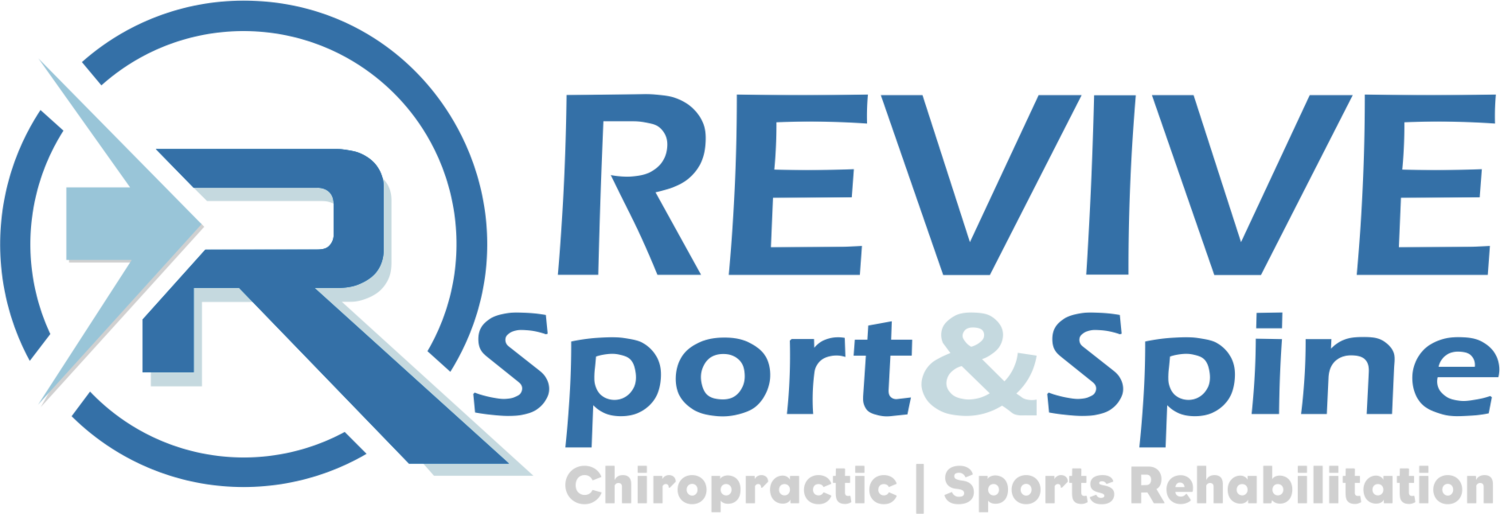If you have ever rolled an ankle, pulled a hamstring, or thrown a ball too hard a few too many times you have probably heard of and used RICE. You remember...
Rest, Ice, Compression, and Elevation.
RICE was coined by Dr. Gabe Mirkin MD back in 1978 when it was first printed in ‘The Sports Medicine Book’. Since then, it has been the gold standard of care for just about every mild to moderate sports, and non-sports, injury…...despite the mountain of evidence against ice and complete rest.
Before we dive in, I will state that I am not totally against ice. In the acute phase of an injury it can aid in inflammation control...note I did not say complete elimination of inflammation, and can also help with pain control. What I will come out against is complete rest. We have evidence that continued cardiovascular effort speeds healing, training of the contralateral (other side) decreases recovery time, and continued activity in some way or another keeps our mind positive and focused on recovery.
Back to the topic of RICE. While many upon MANY of physicians, chiropractors, physical therapists, and athletic trainers still suggest RICE for an injury to this day, those of us who are progressive in our care methods, who look for safer, more effective ways to speed recovery have been pushing back for years. But, what does the creator have to say?
“When I wrote my best-selling Sportsmedicine Book in 1978, I coined the term RICE (Rest, Ice, Compression,Elevation) for the treatment of athletic injuries. Ice has been a standard treatment for injuries and sore muscles because it helps to relieve pain caused by injured tissue. Coaches have used my “RICE” guideline for decades, but now it appears that both Ice and complete Rest may delay healing, instead of helping.”
Before we go on, let's just address inflammation. Before you start popping NSAIDs day and night, know that inflammation is a natural process of the body to heal damaged tissues. Within inflammation are cells specifically designed with specific roles to clean up damaged tissue and accelerate repair. This could be its own LENGTHY post but for our purposes, NSAIDs block the pathway for these cells to do their job and should be used with caution, combine that with too much ice and complete rest and we have a perfect storm for mobility restriction and delayed healing.
So...what do you do with a strain/sprain injury? Ideally, if you are unsure of the severity, have it checked out. If we have no breaks, major tears, and have ligament integrity and joint stability, now is the time to stay active...to some extent.
After years of research, RICE may have been.... A-LIE.
SUGGESTIONS:
ACTIVE REST: If you are injured, rest for up to 24 hours is acceptable. After that, complete rest becomes detrimental. Under the guidance of a trained sports-medicine professional, activities such as joint range of motion, tissues stretching/flexibility, and tissues LOADing are necessary to speed healing. While we remain active, the rest component comes from decreased volume and/or intensity.
LOAD: What do we mean by load? Tissue (muscles, ligaments, tendons) and bone respond to load. In a less extreme version of ‘what doesn’t kill you makes you stronger’ sort of way, what are you preparing your body for? If you are a runner, we need to get back to running, in some way, shape, or form...quickly. This allows your tissues to understand the LOAD it will encounter and that it needs to grow, adapt, and strengthen.
ICE: Icing an injured area causes the blood vessels to constrict, decreasing the amount of blood that can travel to an area, in turn, decreasing the amount of inflammation and healing cells as well. While using ice is almost cult-like in a locker-room, it would be wise to limit its use to 10 minutes at a time and, only repeating 2-3 times after an injury.
EXERCISE: Lastly, general exercise helps us stay positive, stay focused, maintain our routine, and most importantly, help speed recovery. Cardiovascular exercise can help maintain your fitness base, decrease strength loss, and a host of other benefits that keep us on the right track during an injury.
Dr. Reheisse is a Board Certified Chiropractic Sports Physician practicing in Cottonwood Heights Utah. Revive Sport & Spine provides evidence-supported chiropractic care and conservative sports injury management.



